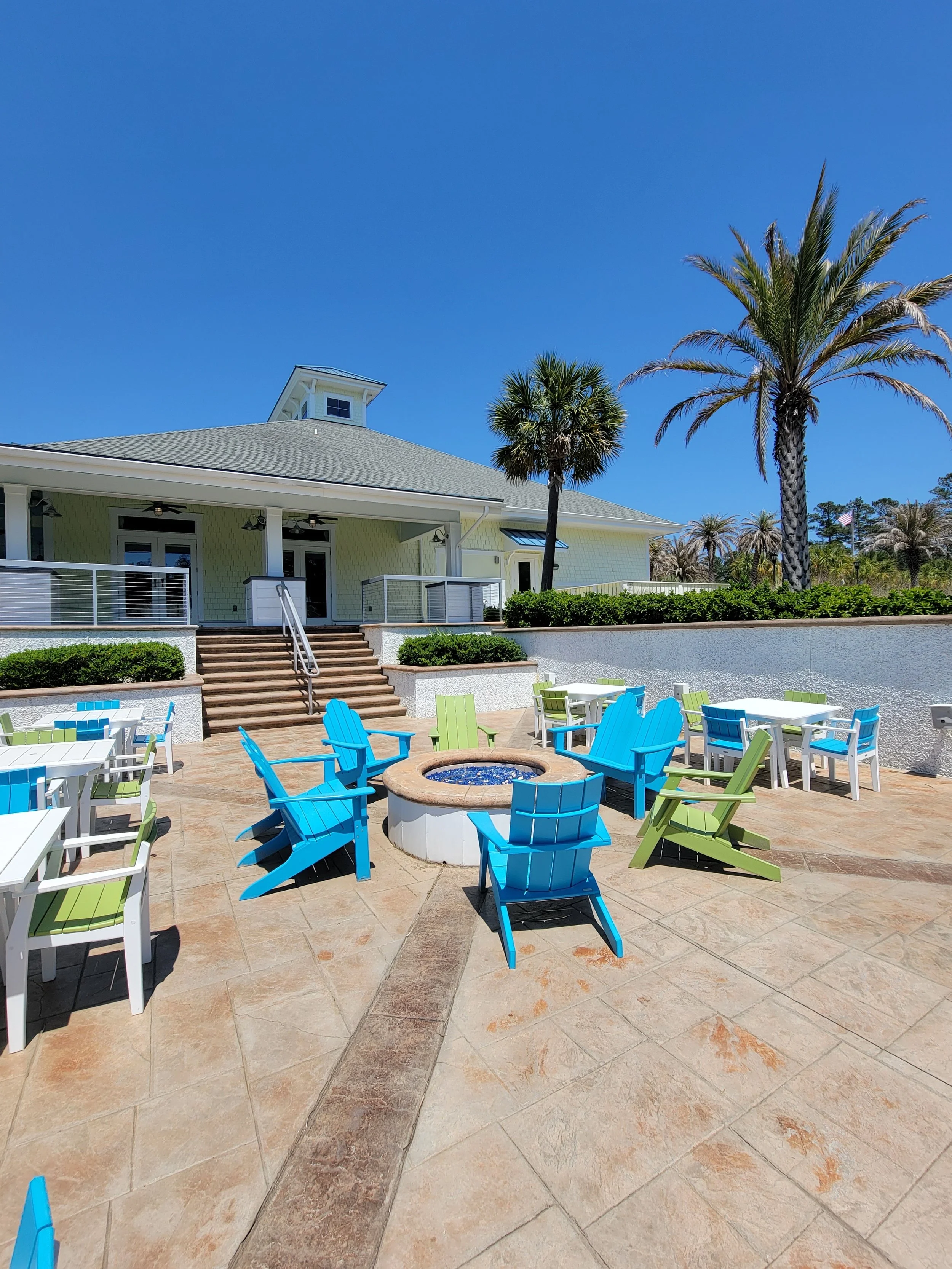Regime Fees vs HOA Fees
Regime Fee vs HOA Fee: Understanding the Differences in Real Estate Communities
When purchasing a property, it's important to understand the various fees that come with it. One such fee that you may encounter is a regime fee. A regime fee is a fee charged by a property owner's association (POA) or a condominium owner's association (COA) to cover the cost of maintaining and managing common areas and amenities within the community.
The regime fee typically covers expenses such as landscaping, pool maintenance, security, and repairs to shared facilities like clubhouses or tennis courts. In short, it is the fee that covers the day-to-day operations of a community. In some communities, the regime fee may also include coverage for specific insurance coverages (i.e. Hurricane, flood insurance). This is especially true in coastal communities. It is important to research what is actually included in each communities regime fees, so that when comparing associations you are comparing apples to apples.
While regime fees are similar to Homeowner Association (HOA) fees, there are a few key differences. HOA fees are paid by homeowners to maintain and manage the common areas and amenities within their own community. This means that the HOA is responsible for maintaining only those areas that are within the boundaries of the community.
In contrast, regime fees are paid by property owners who live in a community that is managed by a larger organization, such as a POA or COA. These organizations are responsible for maintaining the common areas and amenities within the entire community, which may encompass several different neighborhoods or complexes.
Another difference between regime fees and HOA fees is the way they are determined. HOA fees are typically set by the HOA board and approved by the community's members. The amount of the fee is usually based on the community's budget and the projected costs of maintaining the common areas and amenities.
Regime fees, on the other hand, are set by the POA or COA and are usually based on a per-unit or per-property basis. The amount of the fee may vary depending on the size of the property or the type of amenities provided.
It's worth noting that both regime fees and HOA fees are mandatory fees that property owners are required to pay. Failure to pay these fees can result in late fees, penalties, or even legal action.
In property contexts, POA stands for Property Owner's Association, while COA stands for Condominium Owner's Association. A POA is a larger, more encompassing organization that may oversee various property types, including HOAs (Homeowner's Associations) and COAs. A COA, on the other hand, is specifically for condominium owners and the properties they share in common.
Elaboration:
• POA (Property Owner's Association): This is a broader type of association that can include residential and commercial properties, and may encompass multiple HOAs and COAs within its jurisdiction. POAs may be responsible for planning, zoning, and other community-wide issues, according to U.S. News Real Estate.
• COA (Condominium Owner's Association): COAs are specifically for condominiums, where owners have shared ownership of common areas like hallways, lobbies, and roofs. COA fees are used to maintain these common areas and buildings.
• HOA (Homeowner's Association): HOAs are similar to COAs but typically for single-family homes within a gated community or neighborhood. HOAs also have shared ownership of common areas and may enforce rules and regulations.
In conclusion, a regime fee is a fee paid by property owners in a community managed by a POA or COA to cover the cost of maintaining and managing common areas and amenities within the entire community. While similar to HOA fees, regime fees differ in terms of scope and determination. Understanding these fees is important when considering purchasing a property within a community.
